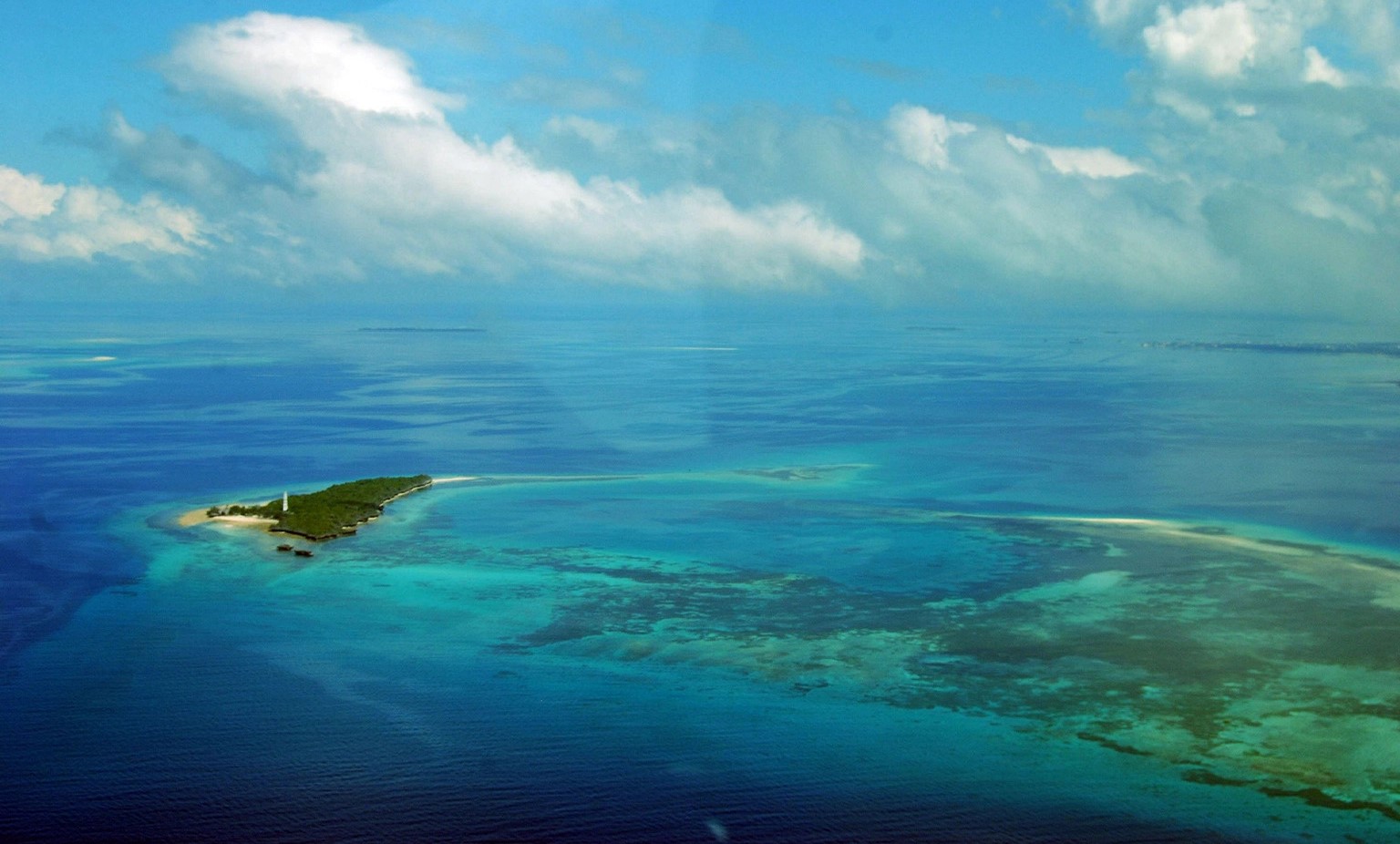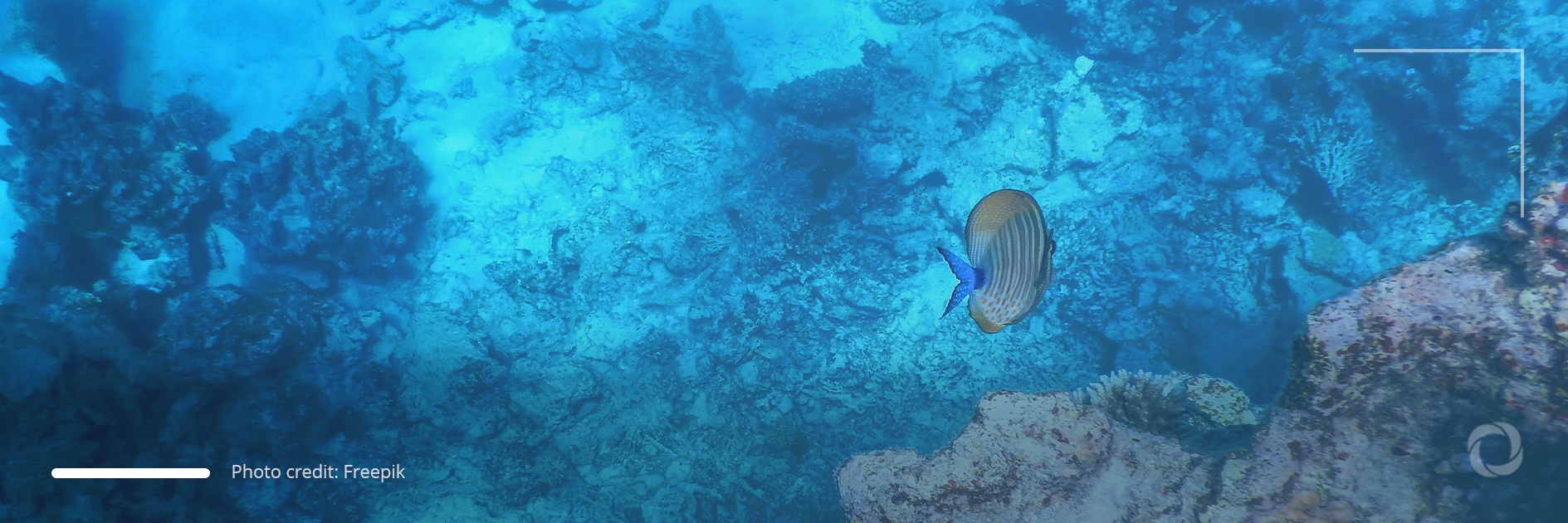The Western Indian Ocean countries have launched an initiative aiming to protect and restore great swathes of the Indian Ocean. This aligns with the global pledge made by 50 countries to protect at least 30% of land and oceans by 2030.
The Great Blue Wall initiative was formally announced during the COP26 climate summit last November by Seychelles. It was joined by Comoros, Kenya, Madagascar, Mauritius, Mozambique, Somalia, South Africa, Tanzania, and La Réunion (a French overseas territory in the Indian Ocean). It is also backed by organizations such as the International Union for the Conservation of Nature (IUCN) and the United Nations as well as other nations such as the US, France, Ireland, the UK, Sweden, and Portugal.
Why it is needed
This initiative is similar to the Great Green Wall in Africa and aims to protect environmentally important marine areas such as coral reefs, marshlands, mangroves, seagrass meadows, and other underwater systems that are responsible for carbon sequestration.
Currently, only 5-8% of the marine area in the region is legally protected under the initiative and, if this does not change for the better, all the coral reefs in the region will collapse within the next 50 years.
“If we need to keep climate emissions at 1.5C to survive, we will need to rely on healthy oceans. The Great Blue Wall is a model for building climate resilience and livelihoods as well as managing the sustainable use and restoration of marine ecosystems worldwide,” said Dr. Bruno Oberle, Director General, IUCN.
In the areas that fall under the initiative, economic activity will be restricted or will have a very low impact on the environment such as for example, artisanal fishing.

Challenges
The first block of the Great Blue Wall is being developed by Tanzania and will cover the Tanga and Pemba seascape. The Pemba Channel, which runs between the Tanzanian mainland and the Zanzibar archipelago, is heavily used by marine traffic and the fishery industry as well as supporting substantial marine-based tourism. The Pemba Channel Conservation Area and the Tanga Coelacanth Marine Park are two marine parks located close to each other but the plan is to create a new transboundary marine area that will cover north of the Tanga Coelacanth Marine Park along the coasts of Tanzania and Kenya with Ireland already having channeled €400,000 to help to achieve this goal.
However, the plans for the protection of marine zones may be threatened by ongoing challenges such as existing gas and oil deposits under the surface of the Indian Ocean in East Africa, particularly in Mozambique, Tanzania, and Kenya.
Another problem yet to be faced is the lack of the appropriate financial resources to carry out the necessary activity to create protected areas and therefore funding needs to be raised to enable the project to be successful.
“Many countries, including Tanzania … do not have adequate financial resources to be able to implement their ocean management planning. So, any support or partnership for conserving and protecting the marine environment is appreciated,” said Aboud S. Jumbe, an environmental scientist with the Tanzanian government.

